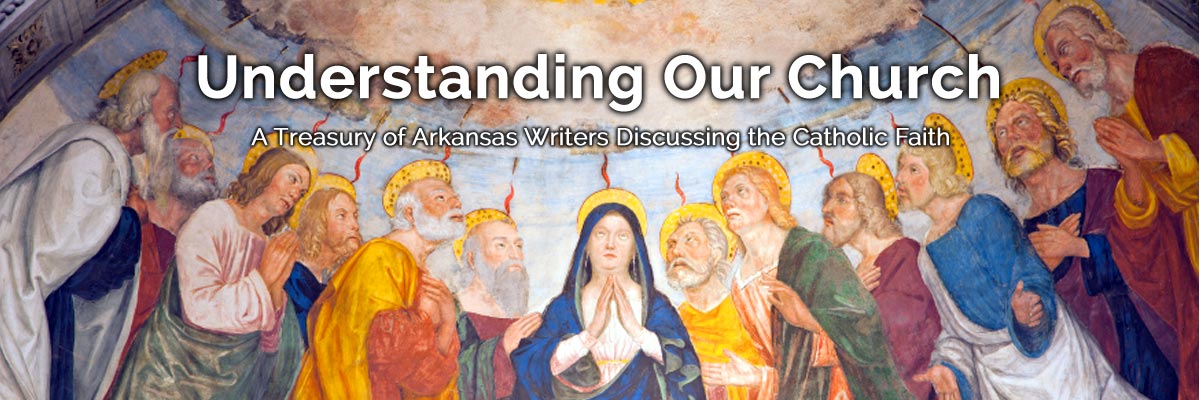Official Website of the
Catholic Diocese of Little Rock
Priest, author encourages being ‘present to the present’ not distracted
Published: November 5, 2016
By Judy Hoelzeman
St. Edward Church, Little Rock
Hanging on the wall in my bathroom is a long quote from an essay by Mary Jean Irion that begins, “Normal day, let me be aware of the treasure you are.”
Irion’s words remind me to find God and God’s blessings in each moment of today, instead of living, as Irion says, “in quest of some rare and perfect tomorrow.”
Finding the blessings of each day is a way to practice ongoing prayer. In order to form the habit, though, we have to become aware, to become “present to the present.”
When Jesus began his public ministry, he took a common action on a normal day. He stood up and read a familiar passage of Scripture (Luke 4:17-21) in his hometown synagogue, a usual practice for a faithful Jew. We don’t need to wait for a better day to become present to the present. This normal day will do just fine.
Jesus taught us how to be present with his daily life. He was always in touch with the overall reality of his life in spite of circumstances: conflict, sorrow, betrayal, and even death. And in the midst of turmoil, he always remained deeply aware of others.
Many years ago, I learned from the teaching of the late author Father Edward Hays a practical way to become more aware of the present moment as my reality. Father Hays reminded us that Jesus used his physical senses to see, hear and touch, and his compassion to “gaze upon” or be present to the people, events and circumstances of his life.
Our biggest obstacle to living in the present, Father Hays said, is that we separate our experiences into negative and positive categories. We develop a distinct attitude toward the things we must do but don’t enjoy. Because these unavoidable duties are unpleasant, we hurry to mindlessly finish them as fast as we can, while our minds are elsewhere. Then we can move on to do the things that we have categorized as pleasant and worthwhile.
The result is that we end up being only half present for much of our lives.
He suggested that we start to pay attention to everyday actions (those we rush through) as a way of learning to be present. Examples would be showering; making phone calls; taking medicine; sweeping the floor; preparing a meal. Try to be aware of exactly what you’re doing, move deliberately and calmly. Listen to sounds, be in tune with what you see and concentrate on the texture and feel of what’s in your hands.
And most important, try to find pleasure in the task and give gratitude to God as you do it. In this way, you will use the stuff of everyday life to stay tuned to the now, to what’s real, to the simple blessings of being alive.
Father Hays also proposed that we get in the habit of asking ourselves: “Where am I right now?”, “What time is it?” and “What am I doing?”
Sounds silly, doesn’t it? I’ve tried it and it works. It helps me release worry, anger, confusion and other negative feelings that take me far away from the present moment.
Father Hays summarized his teaching on being “present to the present” with these words: “Take time, slow down, be still, be awake to the divine mystery that looks so common and so ordinary yet is so wondrously present.”
When Jesus began his public ministry, he took a common action on a normal day. He stood up and read a familiar passage of Scripture (Luke 4:17-21) in his hometown synagogue, a usual practice for a faithful Jew. We don’t need to wait for a better day to become present to the present. This normal day will do just fine.




